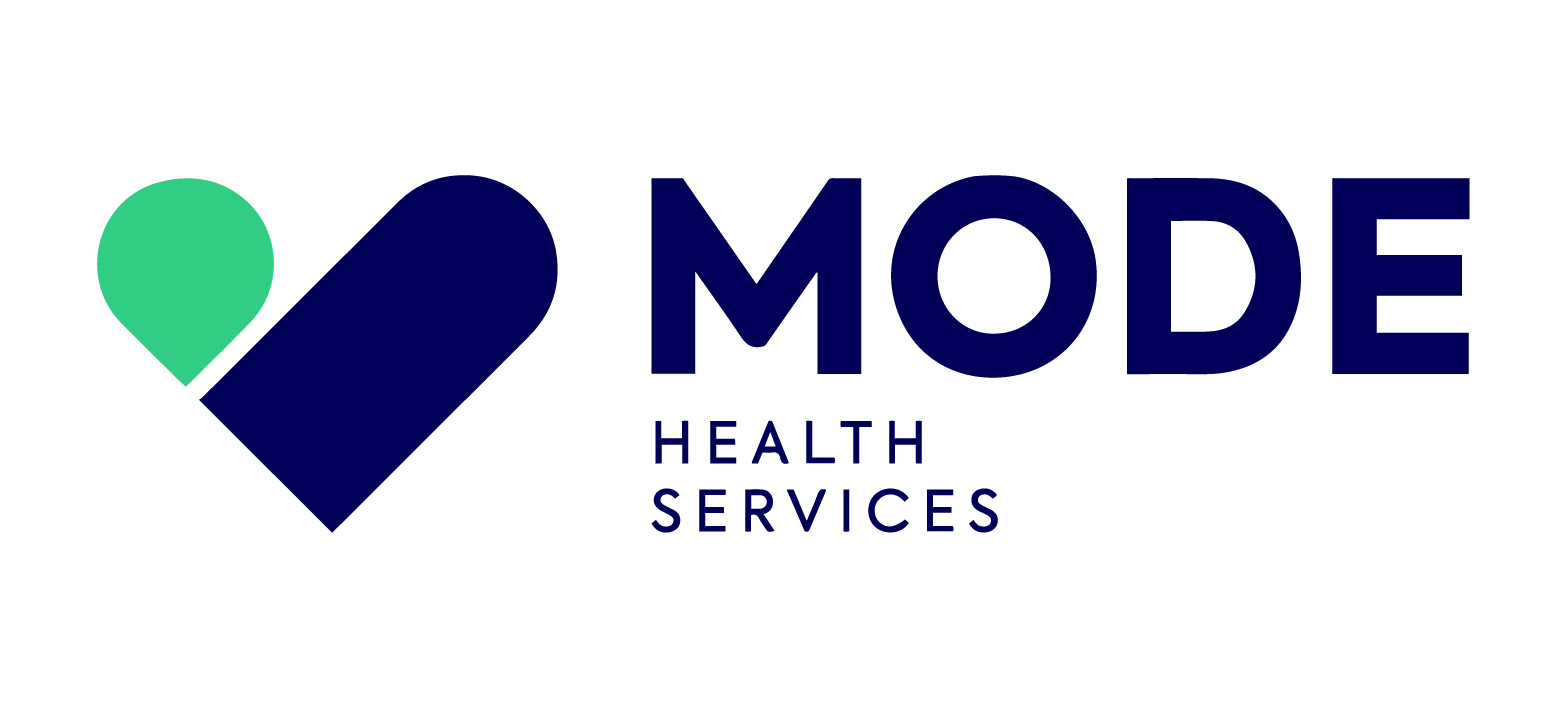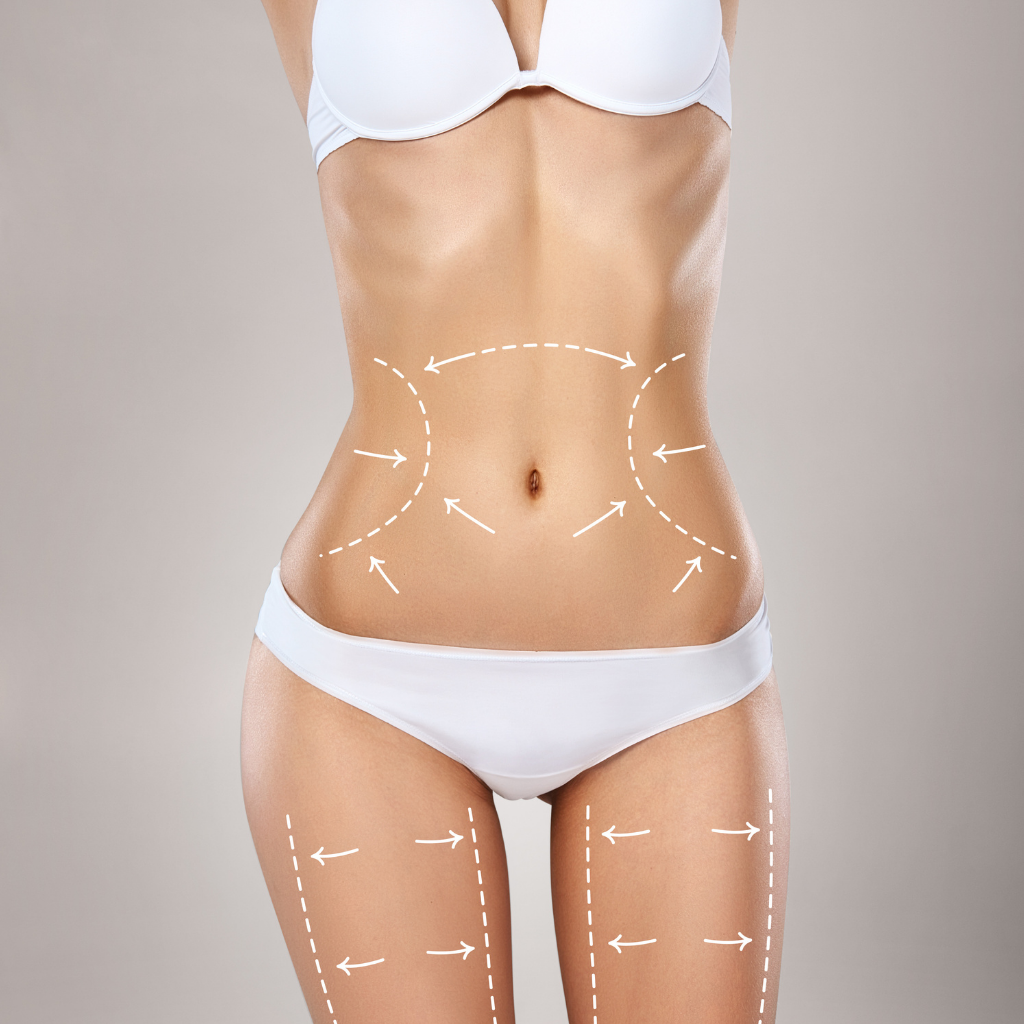What Is Liposuction?
Liposuction is a cosmetic surgical procedure that removes excess fat from targeted areas of the body using a suction technique. It is particularly effective for individuals who maintain a stable weight but struggle with localized fat accumulations. Common treatment areas include the abdomen, thighs, hips, buttocks, arms, neck, and under the chin.
Target Areas for Liposuction
Liposuction can be performed on various parts of the body where fat tends to accumulate, including:
- Abdomen and waist
- Thighs and hips
- Buttocks
- Upper arms
- Back
- Chest area
- Cheeks, chin, and neck
- Calves and ankles
- The procedure is also effective in addressing fat deposits in areas such as the knees and underarms.
Types of Liposuction Techniques
Advancements in medical technology have led to the development of various liposuction techniques, each suited for different patient needs:
Tumescent Liposuction
This is the most commonly performed technique. A sterile solution—a mixture of saline, lidocaine (anesthetic), and epinephrine (to constrict blood vessels)—is injected into the treatment area. This solution facilitates fat removal, reduces blood loss, and minimizes pain.
Ultrasound-Assisted Liposuction (UAL)
UAL utilizes ultrasonic vibrations to liquefy fat cells, making them easier to remove. This technique is particularly useful for fibrous areas like the back or male breast tissue.
Laser-Assisted Liposuction (LAL)
Also known as SmartLipo, this method employs laser energy to liquefy fat cells. The laser also stimulates collagen production, which can result in firmer skin post-procedure.
Power-Assisted Liposuction (PAL)
PAL involves the use of a mechanized cannula that moves in rapid back-and-forth motions, allowing for easier fat removal with less manual effort. This technique can lead to more precise fat removal and shorter procedure times. Spend time exercising every day to improve physical fitness.
Water-Assisted Liposuction (WAL)
WAL uses a pressurized stream of saline to dislodge fat cells, which are then suctioned out. This method is gentle on surrounding tissues and may result in less swelling and bruising.
The Liposuction Procedure
The liposuction procedure typically follows these steps:
Anesthesia: Depending on the extent of the procedure, local or general anesthesia is administered.
Incision: Small, inconspicuous incisions are made near the treatment area.
Fat Removal: A thin tube (cannula) is inserted through the incisions to loosen excess fat, which is then suctioned out using a surgical vacuum or syringe.
Closure: Incisions are closed with sutures or left open to drain, depending on the surgeon’s technique.
Recovery: A compression garment is applied to minimize swelling and support the new body contours.
Recovery and Aftercare
Recovery time varies depending on the individual and the extent of the procedure. Generally, patients can expect:
- First Few Days: Swelling, bruising, and discomfort are common. Pain can be managed with prescribed medications.
- First Week: Light activities can usually be resumed. It’s important to avoid strenuous exercise.
- Weeks 2–4: Swelling and bruising begin to subside. Most patients return to work and normal activities.
- Weeks 4–6: Compression garments may still be worn to aid in healing. Final results become more apparent as swelling decreases.
- Full recovery and the final contouring results can take up to six months.
Maintaining Results
Liposuction permanently removes fat cells from the treated area. However, maintaining a stable weight through a balanced diet and regular exercise is crucial to preserving the results. Significant weight gain can lead to the enlargement of remaining fat cells, potentially altering the outcomes of the procedure.
Risks and Considerations
As with any surgical procedure, liposuction carries certain risks, including:
- Infection
- Bleeding
- Contour irregularities
- Numbness or changes in skin sensation
- Fluid accumulation
- Adverse reactions to anesthesia
Choosing a qualified and experienced surgeon minimizes these risks and ensures optimal results.
Why Choose Mode Health Services?
At Mode Health Services, we prioritize patient safety, comfort, and satisfaction. Our team of board-certified plastic surgeons utilizes the latest techniques and technology to deliver personalized treatment plans tailored to each patient’s unique needs and goals. From the initial consultation to post-operative care, we are committed to providing exceptional service and support throughout your liposuction journey.



